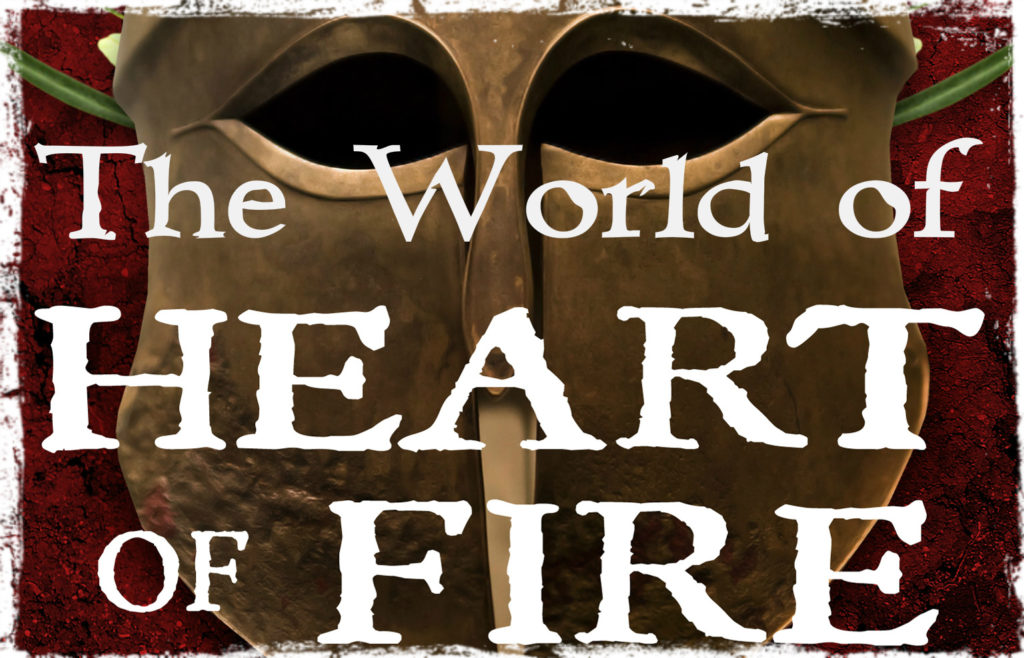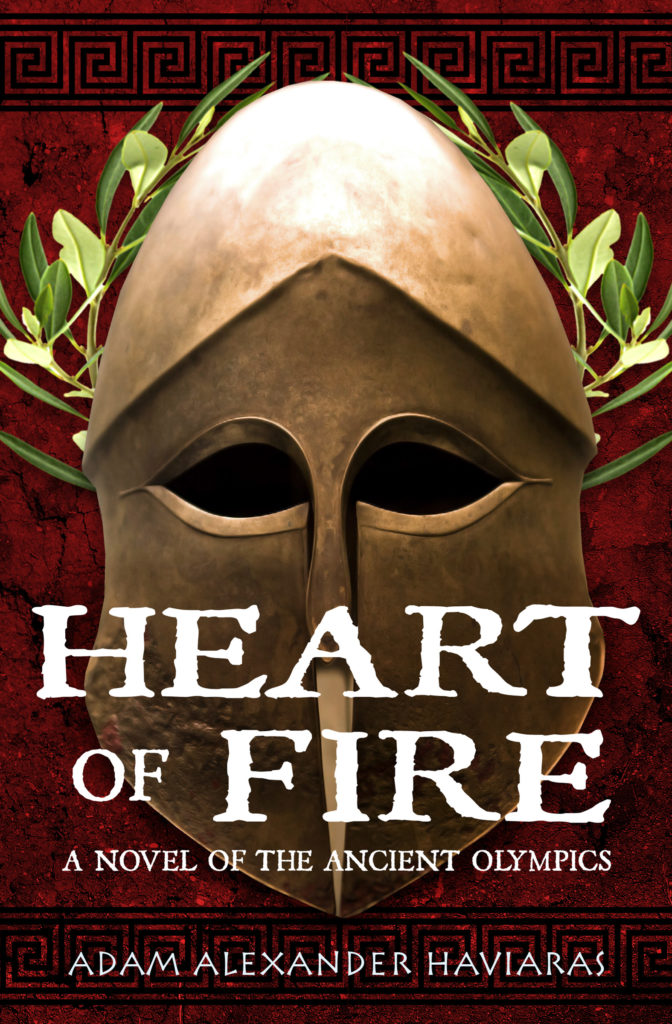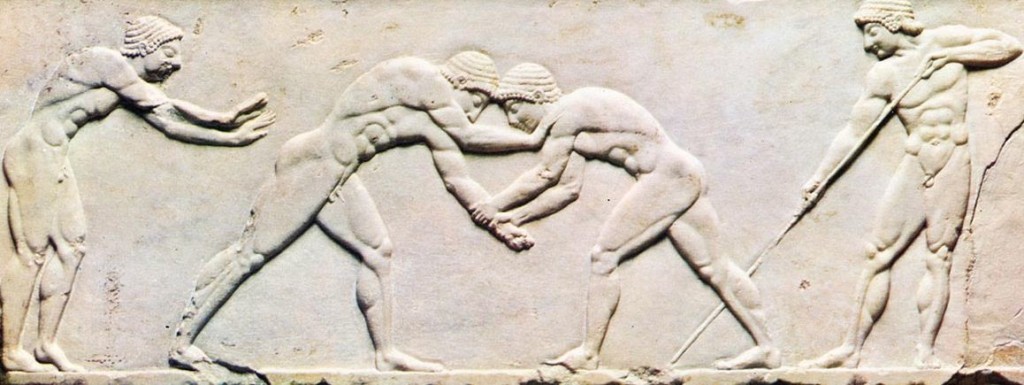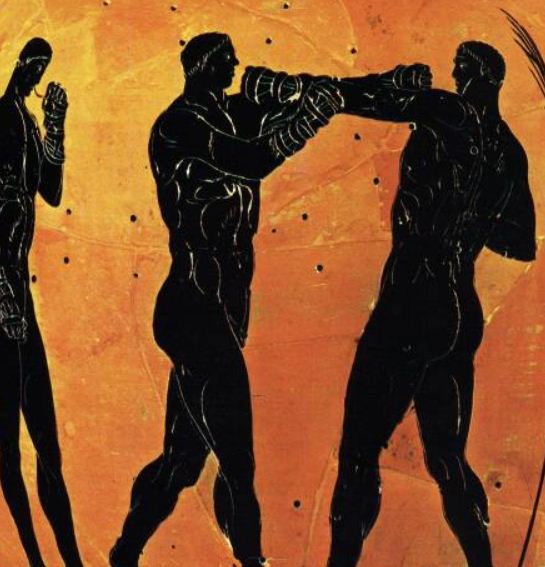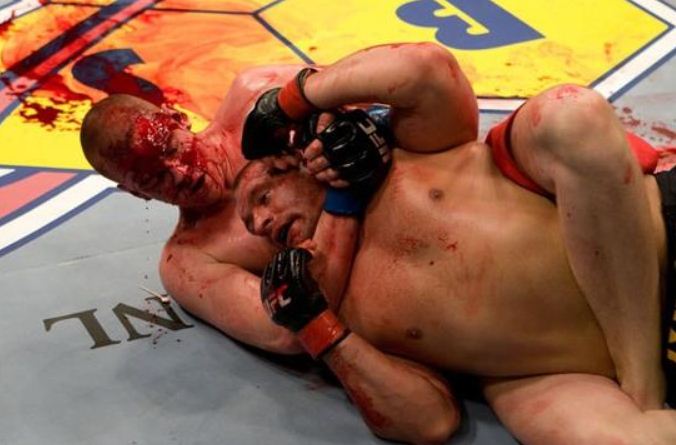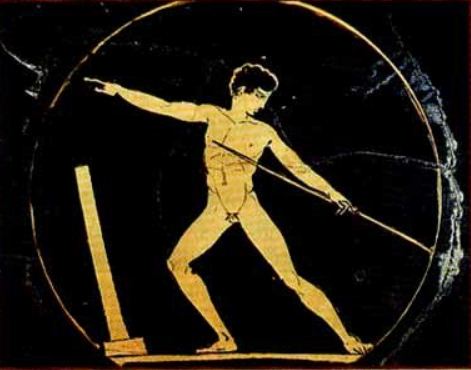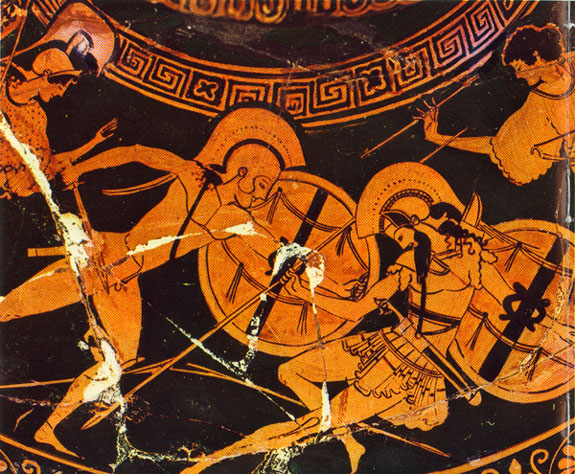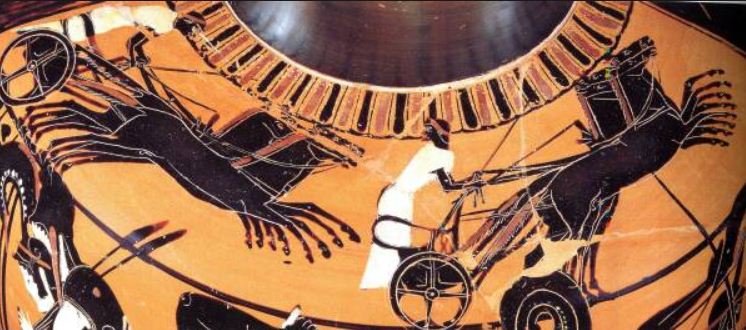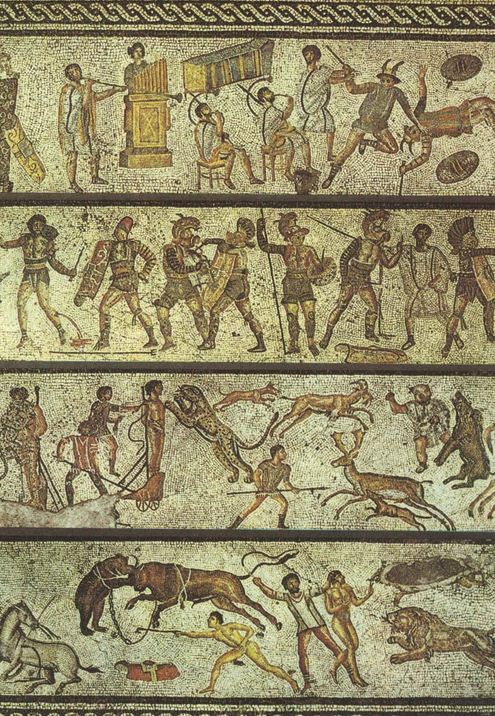Nearly all the sports practised nowadays are competitive. You play to win, and the game has little meaning unless you do your utmost to win… At the international level sport is frankly mimic warfare… Serious sport has nothing to do with fair play. It is bound up with hatred, jealousy, boastfulness, disregard of all rules and sadistic pleasure in witnessing violence: in other words it is war minus the shooting. (from George Orwell’s The Sporting Spirit, Tribune, December 1945)
This is from an oft-quoted work by George Orwell after a particularly violent football match in 1945 between England and Russia.
With our modern sensibilities toward sportsmanship and fair play, many of us would agree with George Orwell’s sense of disgust at the violence that had permeated sport. Click here to read the full piece. That said, today, with the pervasiveness of violence in the media, including sports coverage, I think our modern sensitivities toward sport have taken a few steps backward.
However, when it comes to the ancient Olympics, the quote above rings true.
In this third part of The World of Heart of Fire, we are going to look briefly at the relationship between athletics and war in Ancient Greece, and how the political atmosphere at the time made for some brutal competition on, and off the battlefield.
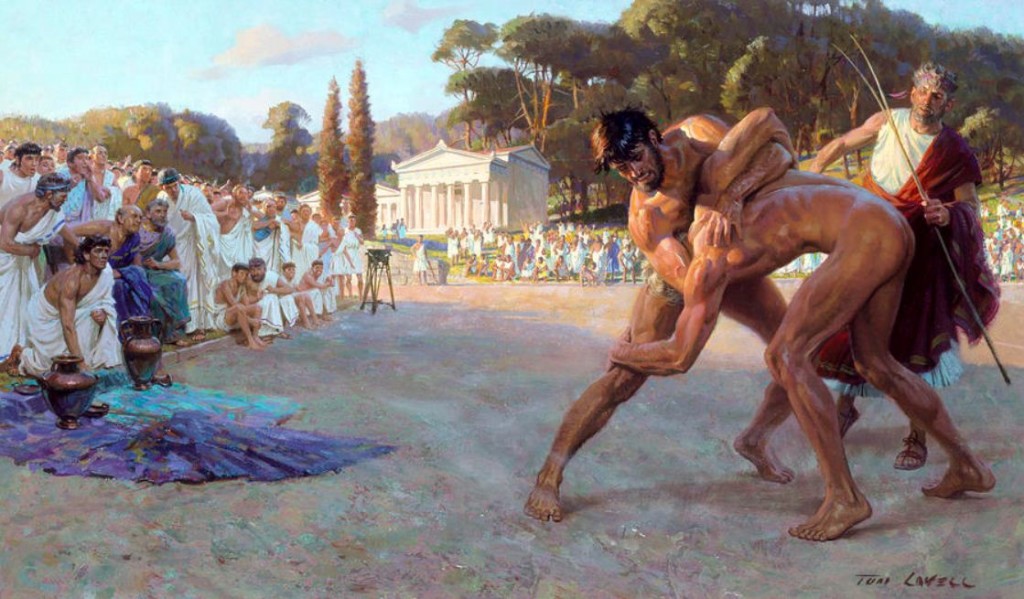
Artist re-creation of ancient wrestling
If you read the full piece by Orwell, you will see that he mentions a decline in the importance of athletics from the Roman period onward.
In the Greek world, however, athletic training was central to a young man’s education, and in Sparta, to a woman’s as well.
Before we delve deeper into the relationship between athletics and war, we should take a brief look at the athletic institutions that were crucial to a young man’s education – the Gymnasium, and the Palaestra.
In Ancient Greece, one of the key markers of a civilized city was the presence of a gymnasium. Now, this is not the sort of gym where today, young kids play dodge ball, or where people go to pump some iron and then head home. There was much more to the ancient gymnasium than that.
A gymnasium was a public institution for young men over eighteen years of age, a place where they went, not only to train for the public games or sporting events, but where they also trained for life.
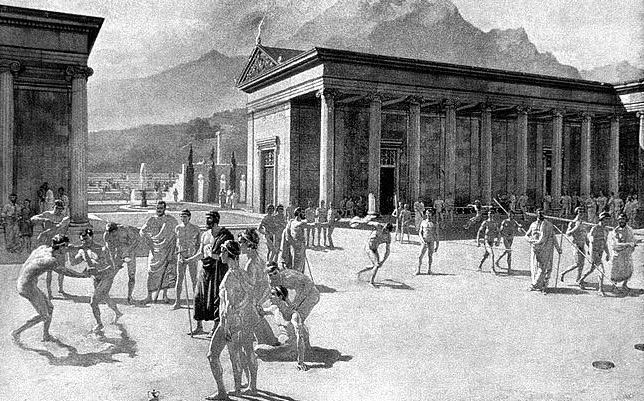
Artist impression of a gymnasium
In addition to sports training, there were also lectures on philosophy, art, music, and literature. Gymnasia were really schools for a society’s future leading citizens, especially in a democracy.
According to Pausanias, it was Theseus who first regulated gymnasia in Athens. Later, the great lawmaker, Solon, created a set of laws to govern gymnasia.
A gymnasium was a large facility that included a palaestra, baths, a stadium for competition, and porticoes where lectures were given by philosophers and discussions could be had, especially in inclement weather.
The great gymnasium of Olympia is one of the most famous, and the remains can be seen to this day.
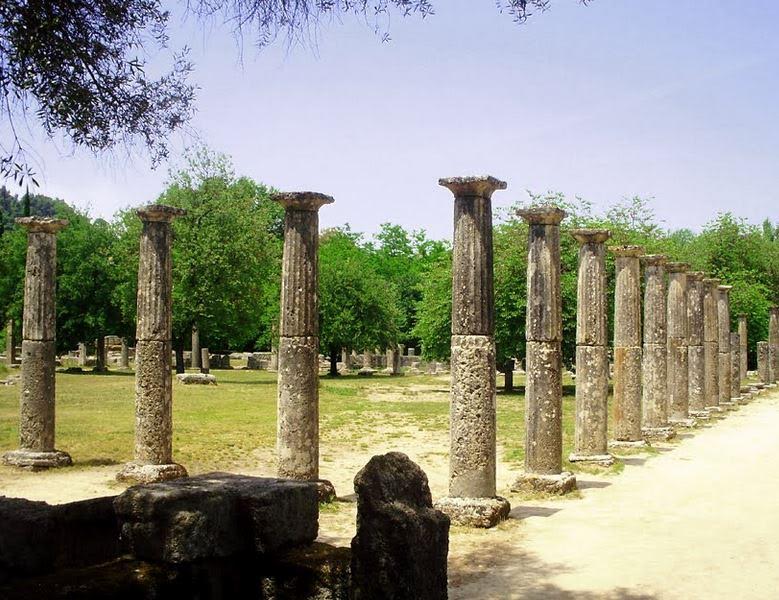
Remains of Olympia Gymnasium
At Athens, there were three famous gymnasia – The Academy (founded by Plato), the Lyceum (founded by Aristotle), and the Cynosarges (founded by Antisthenes) where the cynic school was said to have begun.
These are some pretty big names, and their involvement and founding of these institutions only speaks to the importance of gymnasia in Greek society.
The other important institution is the palaestra.
This was a wrestling school. It could also be considered a martial arts school, for it was a place where not only wrestling was taught, but also boxing and pankration.
A gymnasium always included a palaestra, but a palaestra could be a stand-alone entity, as well as privately owned.
Olympia is one of the best examples of a palaestra.
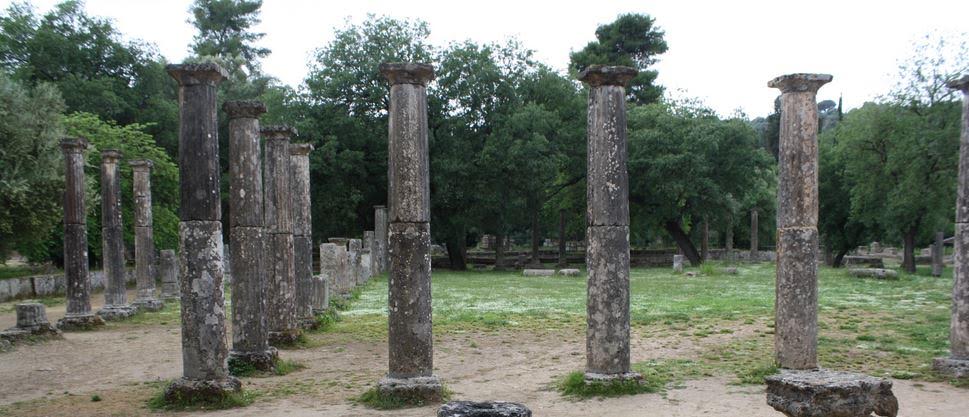
Olympia Palaestra
This was like an athletic club, a place where men could train for combat and competition, but also socialize and bathe.
A palaestra was typically a rectangular or square building with a colonnade surrounding a sandy area where fighting took place called a skamma. There were adjoining rooms off of the main courtyard that could be used for socializing, games, and bathing, as well as storage rooms where oil and dust were stored.
While lectures could take place at a palaestra, they were mainly focussed on the physical strengthening, skill, and improvement of young men.
The importance and prestige of belonging to a palaestra cannot be overstated when it comes to Ancient Greek society. So much so, that there was a term for those who were poor, those who were without a palaestra – apalaistroi.
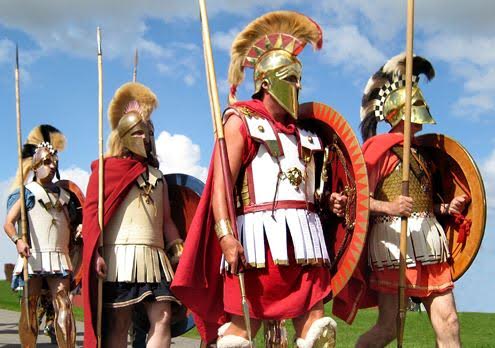
Re-enactors dressed as hoplites
It is important that we not kid ourselves here. Athletics and war were very closely related in Ancient Greece, and any man who was expected to wield a hoplon and doru in the shield wall of a phalanx was likely someone who trained at either the gymnasium or palaestra.
Sport and athletic competition was indeed ‘war without the shooting’ as Orwell so aptly put it.
In Greek society, words like arete (‘manly excellence’), andreia (‘manliness’), eumorphia (‘in good shape’), promachoi (‘fighters in the front line’), and philonikia (‘love of winning’) were deeply ingrained in a young man’s psyche, in his training to be an effective citizen for his city-state.
These are ideas that I have tried to weave into the story of Heart of Fire, for they are so very important to understanding this world that, let’s face it, despite the similarities, is so very different from our own.
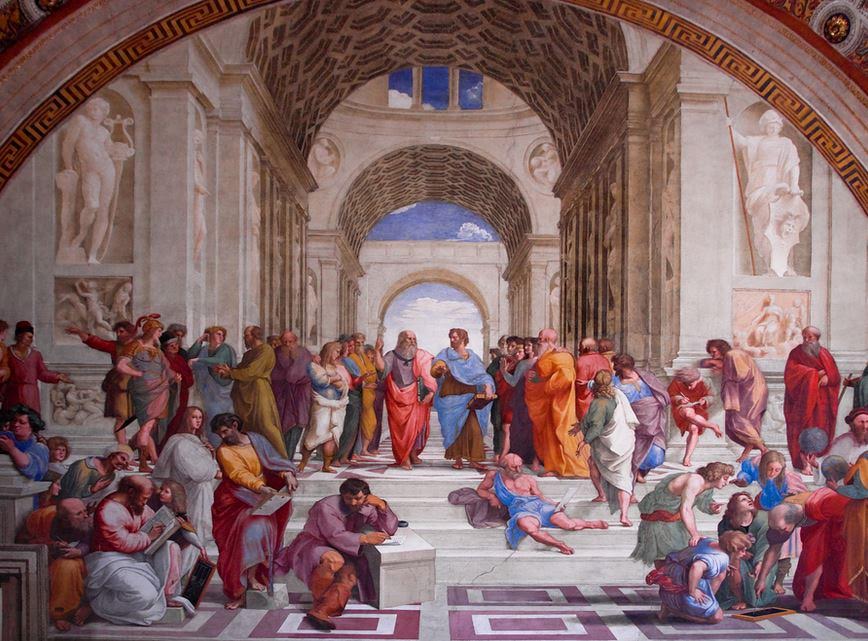
Plato’s Academy
But now we must look at the politics of the time in which Heart of Fire takes place, for at this time, when the entire Greek world was drowning in fire and blood, all of the training young Greek men would have received at the gymnasium or palaestra would be turned to combat on the fields of Ares.
To my mind, the Peloponnesian War is a supremely depressing episode in Greek history. After the glories of the Persian Wars, when the Greeks united to stand against a common foe, it is heart-breaking to see how they tossed the glory of their fathers to the winds.
Marathon, Thermopylae, Salamis, and Plataea were no more…
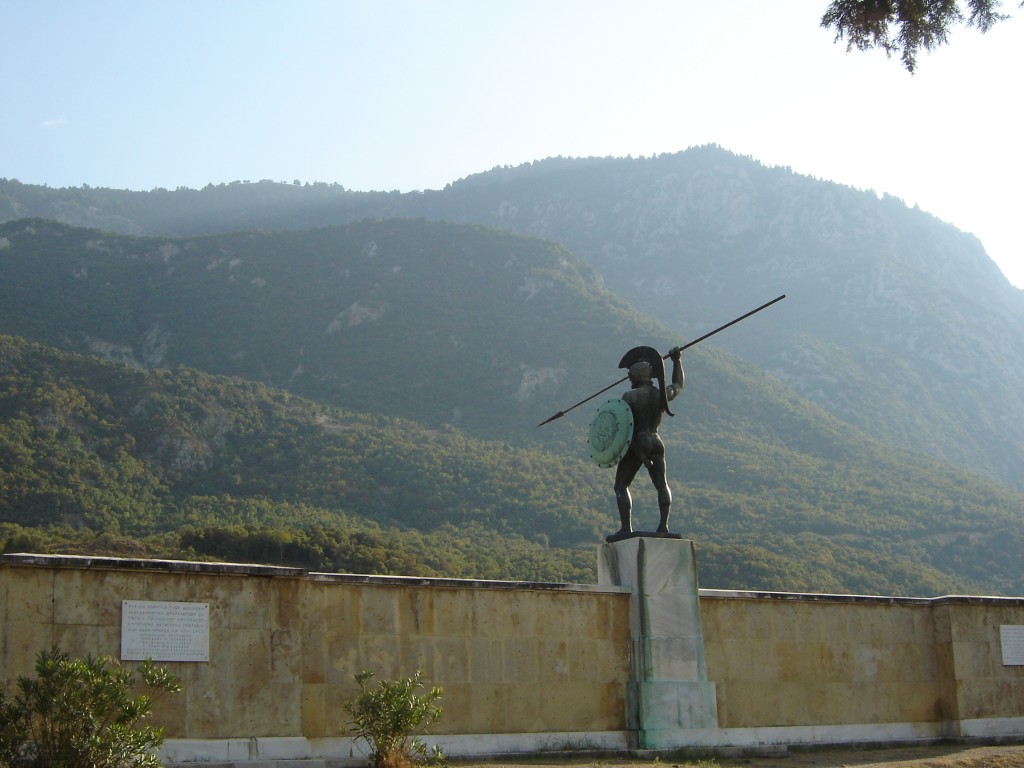
The Pass at Thermopylae
Despite the efforts of some philosophers such as Isocrates of Athens (436-338 B.C.) to persuade the city-states to unite and focus on Persia once more, the Greeks turned on each other.
The Peloponnesian War (431-404 B.C.) was mainly a conflict between the two major city-states of the day, Athens and Sparta, and their respective allies.
This war saw the ‘death’ of Athens and, some might say, Democracy. It saw Sparta ally itself with the Persians against her fellow Greeks, and it saw Greece’s Golden Age turn to dust.
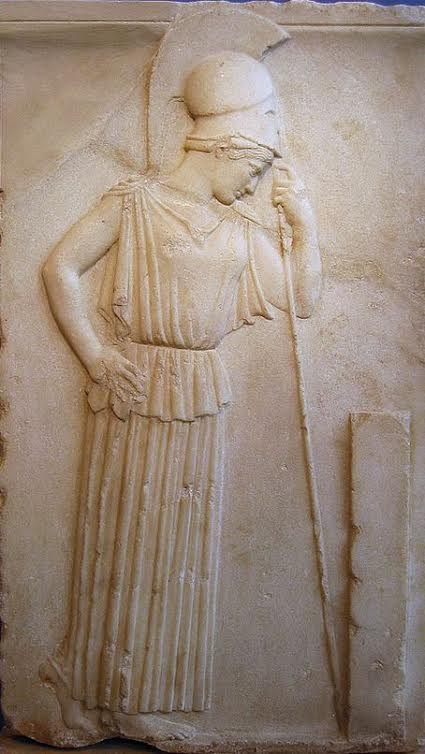
Mourning Athena
After ten years of heavy losses on both sides of the conflict, Athens and Sparta brokered a peace called the Peace of Nicias (421 B.C.), named after the Athenian general who led talks. This peace declared a peace treaty between Athens and Sparta for fifty years, with temples all over Greece being open to all again, granting autonomy to Delphi, and the return of territories and POWs.
Sadly, this peace broke down almost at once. In 418, Sparta was victorious over Athens, Argos, and other pro-democrats at Mantinea. Then, in 417 B.C., Sparta attacked Argos at Hysiae.
In 415 B.C. Athens attacked the Spartan ally of Melos and committed major atrocities there before planning their ill-fated Sicilian Expedition against the Spartan ally of Syracuse. What followed was a massive Athenian defeat with the loss of nearly a generation of Athenian youth, and the instalment of the men known as the 30 Tyrants (404-403 B.C.)
The 30 Tyrants were a pro-Spartan oligarchy installed in Athens after the latter’s defeat in the Peloponnesian War in 404 B.C. They were in power for thirteen months, a time in which the thirty instituted a reign of terror in which nearly five percent of Athens’ population was killed and their property taken.
Democracy went into exile, and the democrats in exile grew stronger and more determined the more brutal the 30 Tyrants became.
The Greek world was bitter, battered, and bruised.
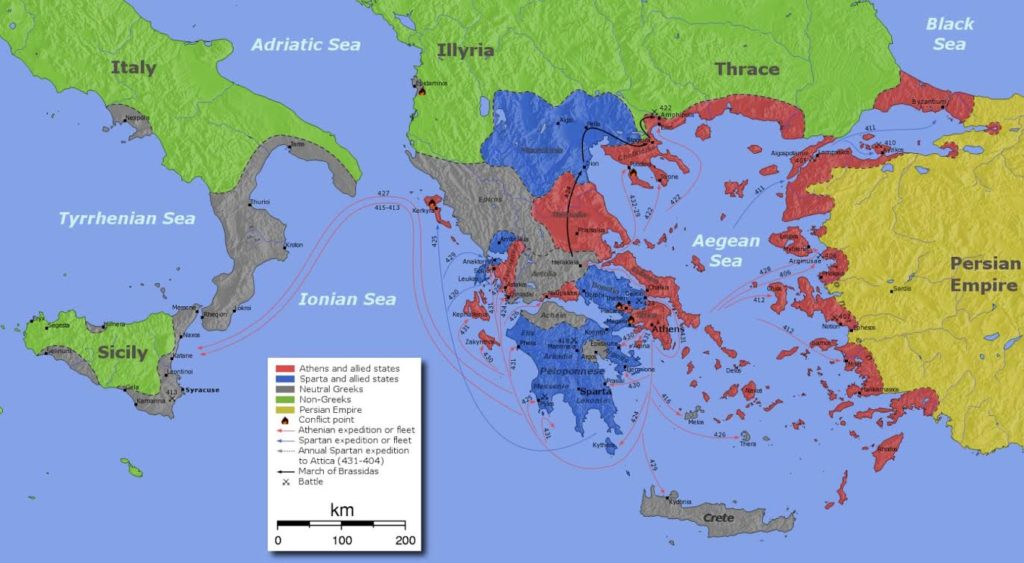
Map of movements during the Peloponnesian War
This was a time of retribution, and with the defeat of the 30 Tyrants by the pro-Democratic forces led by the Athenian general, Thrasybulos, Athens seemed to forget her ideals and former glories in some ways, threatening to kill all those who sought to destroy their Democracy.
This is the period just prior to when Heart of Fire begins, a period that saw to the public trial and death of one of Ancient Greece’s most famous and influential people – Socrates.
This is also the time when, after the battles had slowed, and warriors now found themselves idle, 10,000 Greek mercenaries joined the losing side in the Persian civil war and found themselves marching back to Greece while harried by Persian forces who wanted nothing more than to slaughter them.
This last event is recounted in the Anabasis of the exiled Athenian warrior, Xenophon. It is known as the March of the 10,000.
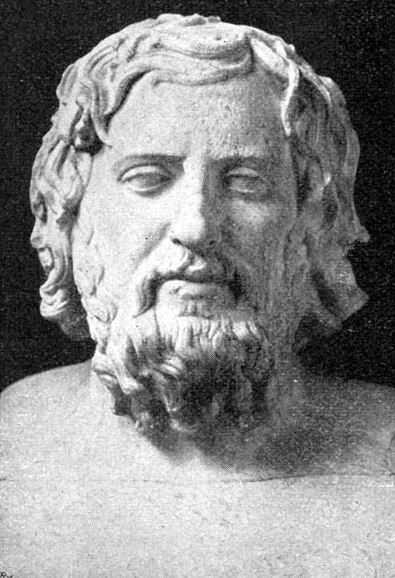
Xenophon, son of Gryllus
What did all this blood, battle and hardship have to do with athletics?
Everything.
In Ancient Greece, the lessons young men learned in the gymnasium, or on the sand of the palaestra, were implemented on the battlefield.
Athletics training really was ‘war without the shooting’, and athletic events such as sprinting, jumping, wrestling, boxing, javelin, and running in full armour, served non only to make men better citizens, but also better, more effective warriors for their city-state.
And with the state of the Greek world at the time Heart of Fire takes place in 396 B.C., there were a lot of men fresh from the battlefield who had come to compete in the Olympic Games after the Peloponnesian War.
The Sacred Truce was instituted once more, but one can imagine the tension at Olympia during those games, after all that had happened in the last forty years.
The Games of 396 B.C. were about more than proving oneself in the eyes of the gods and honouring the city-state. They were about winning at all costs.

Greek hoplites in battle

